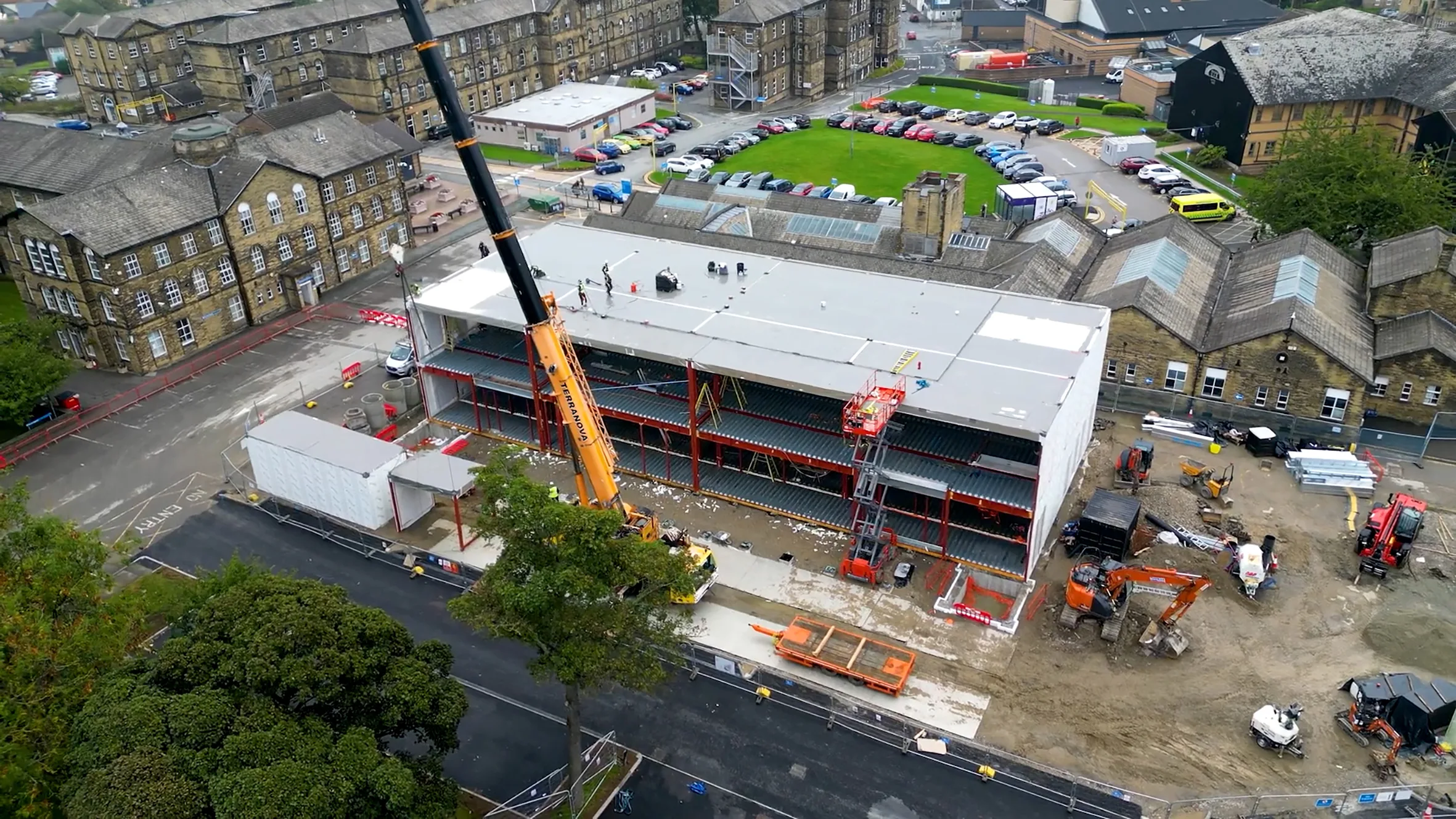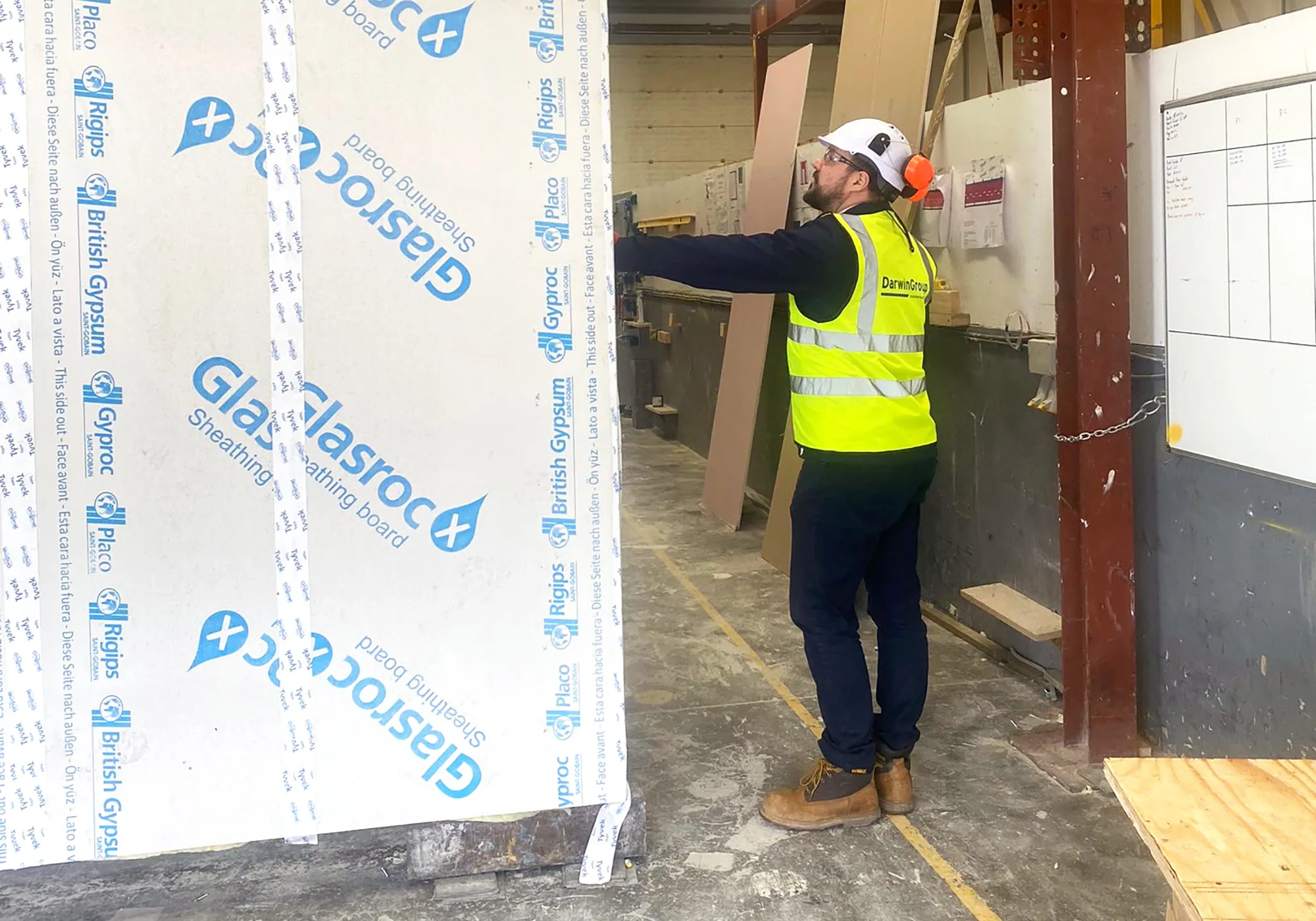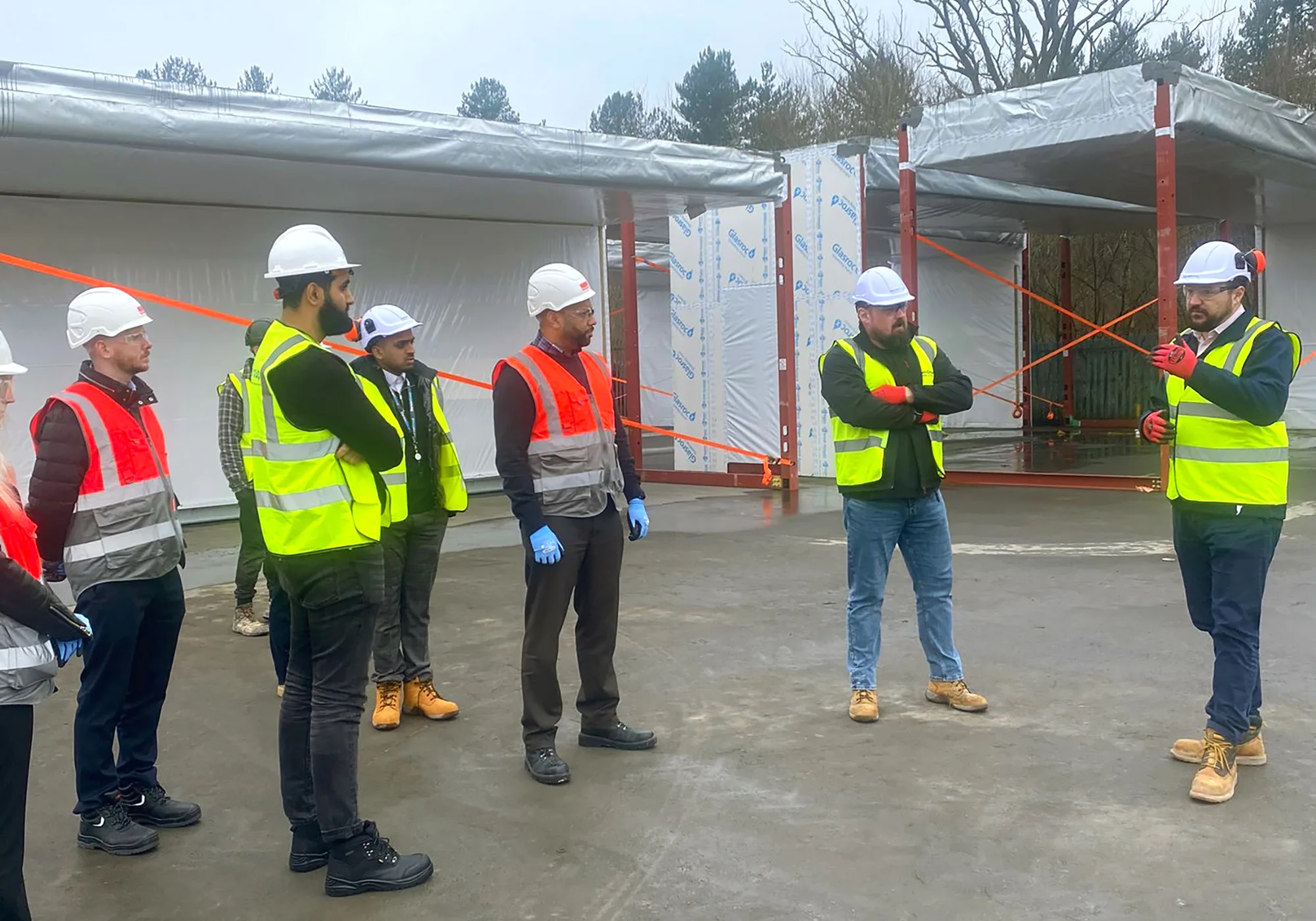
We put the spotlight on Production Director Adrian Mitchell to talk about the misconceptions of modular construction and why more and more healthcare estates are choosing it over traditional building methods.
Stick-built or traditional construction has long been the standard within the industry. However, modular buildings have gained popularity in recent years as a flexible, sustainable and cost-effective option for various applications. But according to Adrian Mitchell, there are still some common misconceptions that can cause confusion or hesitation when considering modular as an option.
“Modular construction is misunderstood, and the issue I have with the word ‘modular’ is the preconceived notion it puts in your head of something that is just a big rectangular box,” he says.
“Modular buildings are flexible, adaptable and built to meet the same building codes and standards as traditionally-built structures, and the manufacturing process has been refined to maximise speed and efficiency at every stage.”
Because modular buildings are built entirely off-site and transferred to the worksite once completed, they avoid timely and potentially disruptive processes from being conducted on-site, explains Adrian.
“The most significant risk on any construction site is the site itself and the outside elements you face.
“We’re building in an indoor environment where you haven’t got things like the weather that can impact the team’s manufacturing speeds.
“Everything’s level, and everything’s within five metres of you. You’re not coming down from the 16th floor of a building to get a spanner from the back of the van. It’s about controlling things like time, motion and waste.”

Darwin Group’s unique approach means that it manages all stages of a project’s design, planning, engineering and construction.
“Our client’s whole project sits in-house with us, and having an in-house design and production team allows us to shorten delivery times even further.
“Subcontracting out the manufacturing side would be painful. In previous companies, I’ve been in positions where we have manufactured to client or customer-supplied drawings, then shipped them to the site, and they’ve picked it up from there. Every single project where I’ve done that has ended in disaster because you’re essentially asking someone to make something to your specification without factoring in the manufacturer’s particulars.
“Being able to design in-house to suit your manufacturing processes, tolerances, and procedures, and then go to the site and install it so that you are the end-to-end owner until we hand it over to the customer is incredibly powerful. It means we have control of the whole process and can deal with any issues that might arise.”
Adrian also highlights the importance of collaboration within the business throughout the process to ensure a smooth handover to customers.
“We’ve got the front-end work team who oversees all engagements and opportunities. They then pass the project on to our pre-contract team, who do the upfront pricing and initial designs before it goes over to the overall project delivery team. I then come in at that point with my team, and we undertake the detailed modular design and cost estimates.
“We then deliver the manufacturing and installation on site before handing it over to the customer.”
Looking ahead, Adrian says the business plans to upgrade its manufacturing process to be even more efficient and scalable.
“We’re doing a lot of work around automation at the moment, particularly with our design tools and other software to streamline the engineering process. We’re also doing a lot of work in terms of building performance; thermal, fire and sustainability. These areas are becoming really important for our customers, so it has become a key part of our continuous improvement and R&D efforts.
“A lot of our current focus is also about making modules that are efficient from a manufacturing perspective. We’re always looking to continually innovate so we don’t stand still.
